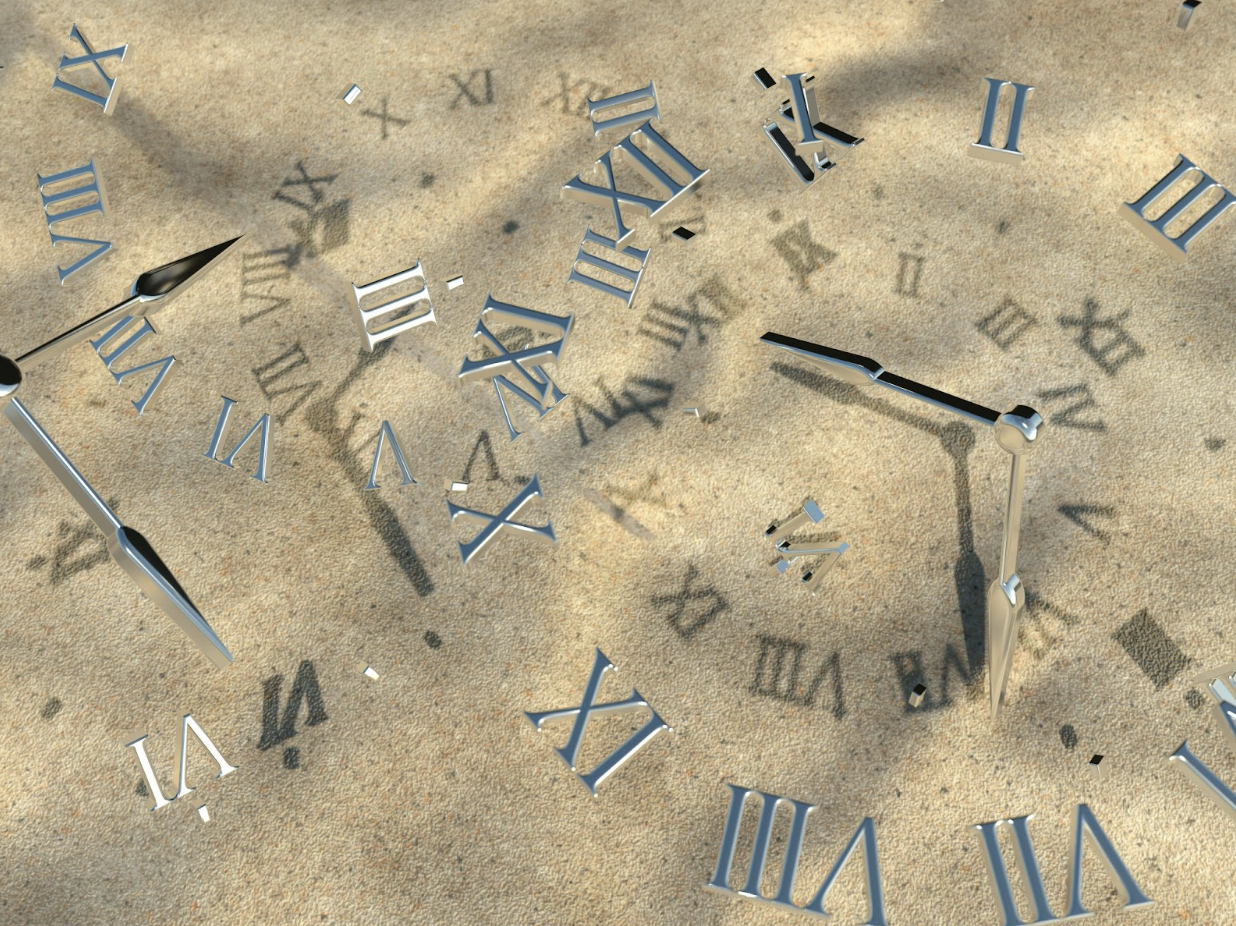While preserving your past is about looking back at what has happened previously, I believe what motivates the desire for preservation is the forward march of time and the knowledge we can never truly go back.
So if we are thinking about time in this linear manner, why not use that to help with writing down our personal memories or loved one’s stories?
Capturing a lifetime of memories is a challenge, but a great place to start is with a timeline. And spoiler alert, your timeline doesn’t have to be a whole life.
A timeline is a graphic display that can show events in chronological order from left to right, and can help to organize special lifetime markers or events in a person's life.
Let’s look at 5 simple timelines you can create to organize your memories, and as well as specific information you can include to make them more fun and interesting.
Timeline Styles
Life Story Timeline
The Life Story Timeline can be about us, our children, a parent, a grandparent, other relative, or even a pet. Draw your line across the page and then plot the topics you’d like to record in the order they occurred.
After you have plotted the topics, go back and add the stories or details to each.
Here are some life events that would make great topics starting from left to right:
The story behind a person’s name
A birth story
School Age (go grade by grade or by a range of grades and mention teachers, friends, strengths, struggles.)
Early Teens
High School Days (activities, friends, lessons)
College or Young Adulthood (goals, feelings, struggles, lessons, choices)
Early Adulthood (firsts, family, etc)
Adulthood and on (struggles, challenges, celebrations, lessons learned)
Day in the Life Timeline
The Day in the Life Timeline can demonstrate a special day, an average day, a best day, or even a deeper dive into each of these.
You will write this by drawing the line horizontally and plot out the day starting in the morning (am) and across the day to the evening (pm).
A Lessons Learned Timeline
This timeline may contain similar time segments as the Life Story Timeline, but the goal for the descriptions is to share lessons learned at each of these life stages. Think about who you will be sharing this with so you are aware of who your audience will be and what you’d like them to take away from these.
An Observational Timeline
Draw your horizontal line and write out your observations and reflections of a person's life from your view. This could be for a child, grandchild, sibling, parent, etc.
The idea is to share the things you have noticed, respected, honored and were proud of - maybe they are times of perseverance, times of struggle, times of celebration - but in the end the purpose is to show your love, support, and honor by sharing how you’ve seen them grow throughout their life.
HIstoric/Ancestor Timeline
Choose someone from your past, research as best you can and create a timeline using your findings that will display the information you found on the person from left to right. Be specific with exact dates, locations and even sources of the information. Others may want to dig further and will want to see the original sources, or even visit actual locations.
No matter which of these you choose, here are some ideas for what you can use to describe the events on a timeline. Instead of just writing down one thought think about using these tools to build each plot point out.
Tools
Bullet Points
Instead of a paragraph, simply add bullet points of the details below the main event description.
Paragraphs
You may want to build out your single sentences and add more details, so that each plot point is a well formed paragraph clearly describing the event.
Chapters
Have even more information, take your notes and maybe each plot point can be turned into its own chapter of a longer project.
Photos
Support your events with matching photos that correlate with the memory shared. You may even start with the photos, place them in order and then decide if written descriptions are desired.
Quotes
After you write out the events, look for quotes that best support or describe and match that life event. You can stop there or you can then write out reflections on why each quote was such a good demonstration of that event.
Whichever you choose, however simple or complex you decide to go, remember your purpose, be creative, and enjoy the process.
There is so much gained when we are going through the actual work of persevering the past. It is not just about the final product, but also about the gift of reflection and appreciation.
Please share your experiences and even your timelines by commenting below or sharing on Facebook to @PreservingYourPastwithMelissaAnnKItchen
Want more help writing your timeline?
Check out my book Bridging Your Past and Future: The Top 10 Items to Include When Documenting Your Personal History.

